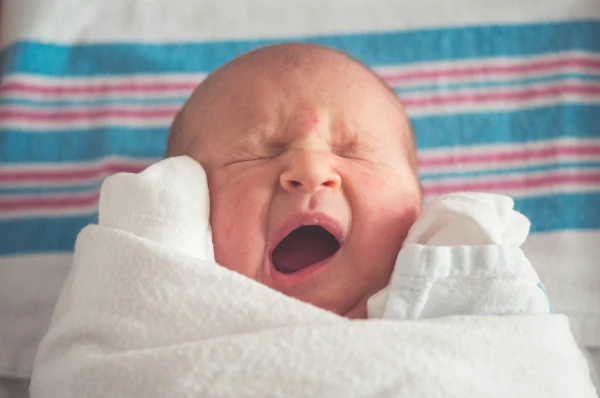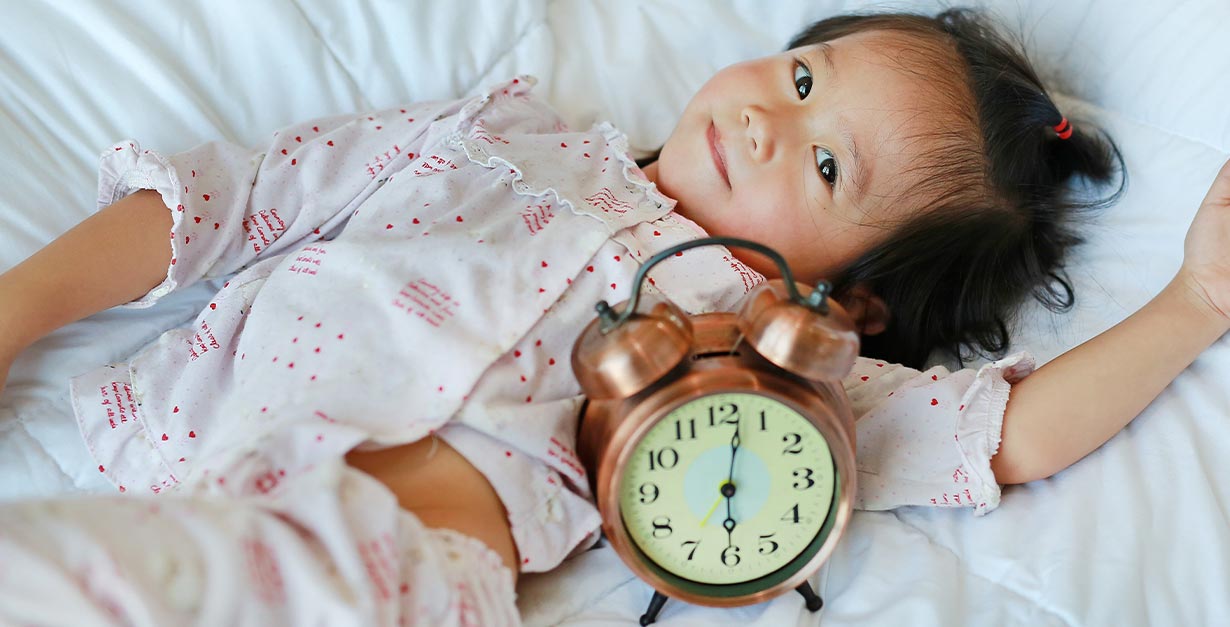When Can Babies Self-Soothe
Every baby is unique, and while science gives us helpful trends, it’s important to watch your baby’s individual cues and readiness. Let’s take a closer look at what the research tells us—and how it aligns with what I’ve seen in over 25 years of supporting families with gentle sleep coaching.
- Between 4–12 months, with growth over time, but not all infants follow the same path
- Self-soothing begins for some infants between 4 to 6 months and increases through 12 months, but with large individual variability. For many families, this overlaps with the 4-month sleep regression, a period when sleep patterns shift and new self-soothing skills may start to emerge
Research by Goodlin‐Jones et al. (2001) showed that self-soothing develops gradually across the first year:
- At 3 months: Only about 17% of infants were self-soothers.
- At 6–9 months: Around 61% were able to self-soothe.
- At 12 months: Just 50% were self-soothers—meaning half of all one-year-olds still needed parental help to fall back asleep.
This is such an important point. Many parents feel discouraged if their 6-, 9-, or even 12-month-old isn’t sleeping independently yet. But this study confirms what I teach every day: learning to self-soothe is a process, and it’s completely normal for some babies to need more time and support.
How Babies Self-Soothe / What It Looks Like
According to Burnham et al. (2002), self-soothing means that a baby is able to calm themselves either at bedtime or after a night waking, without needing a parent to intervene.
This can look like:
- Thumb sucking
- Gently rocking or rubbing a comfort item
- Sucking on a pacifier
- Quiet fussing followed by resettling
These are small but powerful signs that your baby is developing the ability to regulate themselves—and it’s something we can support through gentle, consistent routines.
Teaching or Helping Baby Self-Soothe
Absolutely—but not by forcing it. The same study (Burnham et al., 2002) found that putting babies down drowsy but awake was associated with increased self-soothing. That’s the exact approach I teach in The Sleep Lady Shuffle. My method for gentle sleep training.
When you consistently put your baby down before they’re fully asleep, you’re giving them the opportunity to practice this skill—while still being lovingly present and responsive. Over time, they begin to understand, “I know how to fall asleep on my own.” That’s a skill that lasts a lifetime.
Sleep Aids & Self-Soothing
Goodlin‐Jones et al. (2001) also found that self-soothers were more likely to use a sleep aid—like a pacifier, thumb, or lovey. I talk about this often: loveys and other safe comfort objects can be powerful tools in helping your child feel secure and soothed at night.
Of course, safe sleep guidelines always come first. But once your baby is old enough (typically around 6 months), introducing a soft, breathable comfort item—paired with your gentle support—can make a big difference.
Why Self-Soothing Matters
Self-soothing isn’t just about longer stretches of sleep (though that’s a welcome bonus!). Burnham et al. (2002) found that babies who self-soothed had:
- Fewer night wakings
- Longer, more consolidated sleep
- Healthier sleep-wake patterns
That’s the long-term goal of gentle sleep coaching: not just “getting through the night,” but helping your child build healthy sleep habits for the future.
A Final Word from Kim
I want to reassure you: if your baby isn’t self-soothing yet, they’re not behind. These skills develop gradually, and every child is different. If your baby is between 4 and 12 months, this is a great time to gently introduce routines that encourage self-soothing—like consistent bedtime rhythms, drowsy-but-awake placements, and age-appropriate sleep schedules.
And remember, it’s not about perfection—it’s about progress, one small step at a time.
You’ve got this. And if you need help along the way, I’m here.
Citations
Burnham, M., Goodlin‐Jones, B., Gaylor, E., & Anders, T. (2002). Nighttime sleep-wake patterns and self-soothing from birth to one year of age: a longitudinal intervention study.. Journal of child psychology and psychiatry, and allied disciplines, 43 6, 713-25 . https://doi.org/10.1111/1469-7610.00076.
Goodlin‐Jones, B., Burnham, M., Gaylor, E., & Anders, T. (2001). Night waking, sleep-wake organization, and self-soothing in the first year of life.. Journal of developmental and behavioral pediatrics : JDBP, 22 4, 226-33 . https://doi.org/10.1097/00004703-200108000-00003.



